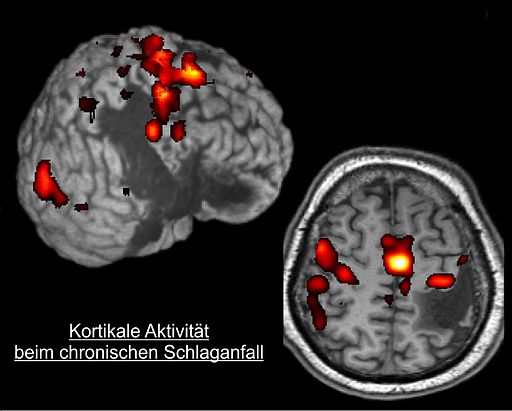
Stroke recovery is a journey laden with challenges and discoveries, often charting a course through unexplored territories of neurorehabilitation. Recent advancements have spotlighted a particularly promising intervention: repetitive Transcranial Magnetic Stimulation (rTMS). This innovative approach offers new hope and possibilities for those navigating the aftermath of a stroke.
The Imbalance Challenge
The journey begins with understanding the post-stroke brain. Following a stroke, there’s a notable imbalance between the excitability of the motor cortex in the lesioned hemisphere and that of the contralateral, or opposite, hemisphere. Normally, each side of the brain exercises a certain degree of control or inhibition over the other. However, post-stroke, this balance is disrupted. The healthy hemisphere exerts excessive inhibition over the affected side, complicating the recovery process.
Navigating Recovery with rTMS
To counteract this imbalance, neuroscientists advocate for two distinct rTMS strategies: excitatory (high-frequency) stimulation of the lesioned hemisphere’s motor cortex, and inhibitory (low-frequency) stimulation of the contralateral motor cortex. Each approach aims to restore equilibrium and facilitate recovery, but they operate on different principles.
- Excitatory Stimulation: This involves applying high-frequency rTMS to the ipsilateral (same side) motor cortex to the stroke. It’s like waking up the affected area, encouraging it to become more active and engaged in the recovery process.
- Inhibitory Stimulation: Conversely, this strategy applies low-frequency rTMS to the motor cortex of the healthy hemisphere. The goal is to dial down the excessive inhibition, allowing the affected side more freedom to recover.
Aiding Aphasia Recovery
Beyond motor function, rTMS holds potential for aiding recovery from aphasia, a common post-stroke condition affecting speech and language. Combining rTMS with speech therapy may accelerate improvement. The approach varies: inhibiting the right homologous area to Broca’s area with low-frequency rTMS, or stimulating Broca’s area directly with high-frequency pulses.
Looking Ahead
The exploration of rTMS in post-stroke rehabilitation marks a significant leap forward in neurorehabilitation. It not only provides a deeper understanding of the brain’s recovery processes but also opens up new avenues for enhancing recovery and improving quality of life for stroke survivors.
Source: Brasil-Neto, JP. Transcranial Magnetic Stimulation: A Primer (Amazon e-book).